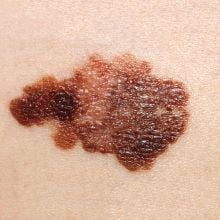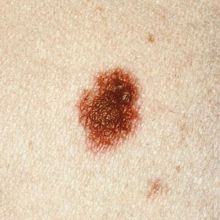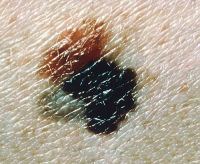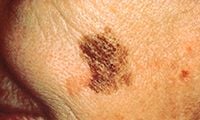Signs and Symptoms of Skin Cancer
Did you know that your skin is actually the largest organ in your body? Men and women of all ages should get to know every square inch of their skin.
One in five Americans will develop skin cancer during their lifetime. By becoming familiar with your moles, freckles, and birthmarks and checking your skin monthly, you’ll be more likely to identify changes or new growths. If you identify suspicious spots on your skin, you should have them evaluated right away. The sooner skin cancer is diagnosed the better chance of a positive treatment outcome.
Know Your Skin Cancer ABCDEs
Especially if you’re prone to freckles or moles, you may struggle to identify which marks on your skin are normal and which are not. The American Cancer Society recommends that you be on the lookout for an “ugly duckling” on your skin — any mark that looks different than all the others.
Additionally, the following ABCDE rule is helpful in spotting potential melanomas.
A for Asymmetry
Half of the mole or mark doesn’t match the other half.

B for Border
Irregular, jagged, blurry, or notched edges.

C for Color
Non-uniform color that includes different shades of black or brown or red, white, pink, or blue patches.

D for Diameter
The growth is more than ¼ inch in diameter (about the size of a pencil eraser.)

E for Evolving
The mole is growing or changing color or shape.
Not all skin cancers follow these rules, but many do. When in doubt about any mark on your skin that seems unusual, be cautious and have it looked at by a dermatologist.
Monthly Self-Exams Increase the Likelihood of Early Detection
Not only should you do monthly self-exams to check for skin cancer signs and symptoms, but you should also keep a record of your findings on a body map. You can click here to download a Body Map to use. This is an easy and effective way to identify new spots or changes in existing spots. On a diagram of the body, you simply make marks that correspond to the marks on your skin, then draw lines out to the margin to record the approximate size, color, and date. Use the same map to record your findings each month.
With each self-exam, you’ll become more familiar with what is normal for you, so anything unusual will draw your attention quickly, and you can have it checked out.

